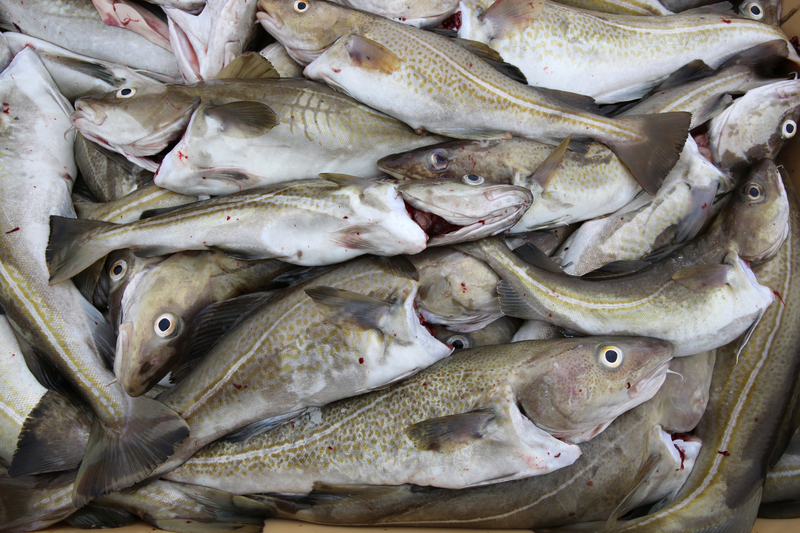The bioeconomy in the Nordic Region

Agriculture
Most of the agricultural land in the Nordic Region is used to grow grains (including seeds) or plants. 5% of the arable land was fallow in 2020. More and more land is being farmed organically. Åland has the highest proportion of organic farming in the Nordic Region.
Organic farming as share of total agricultural area
Fisheries
Norway has the biggest fish catch p.a., followed by Denmark and Iceland. The statistics on fishing and fish farming include species caught, annual catches and fishing fleets.
Annual fish catches in thousands of tons
Forestry
The statistics also cover deforestation and timber production. Sweden and Finland are the largest Nordic producers of timber.
Timber production in thousands of m3
More facts about the Nordic bioeconomy
The Nordic Statistics database for the bioeconomy includes data for agriculture, fisheries and forestry.
The State of the Nordic Region contains analyses, figures and statistics about the bioeconomy in the Nordic countries presented from a regional angle.